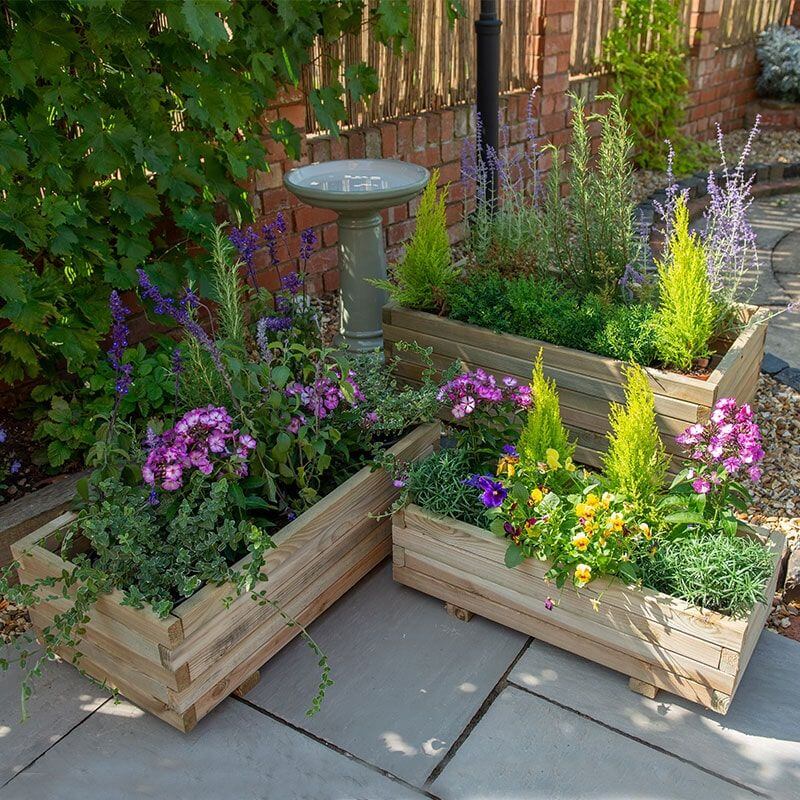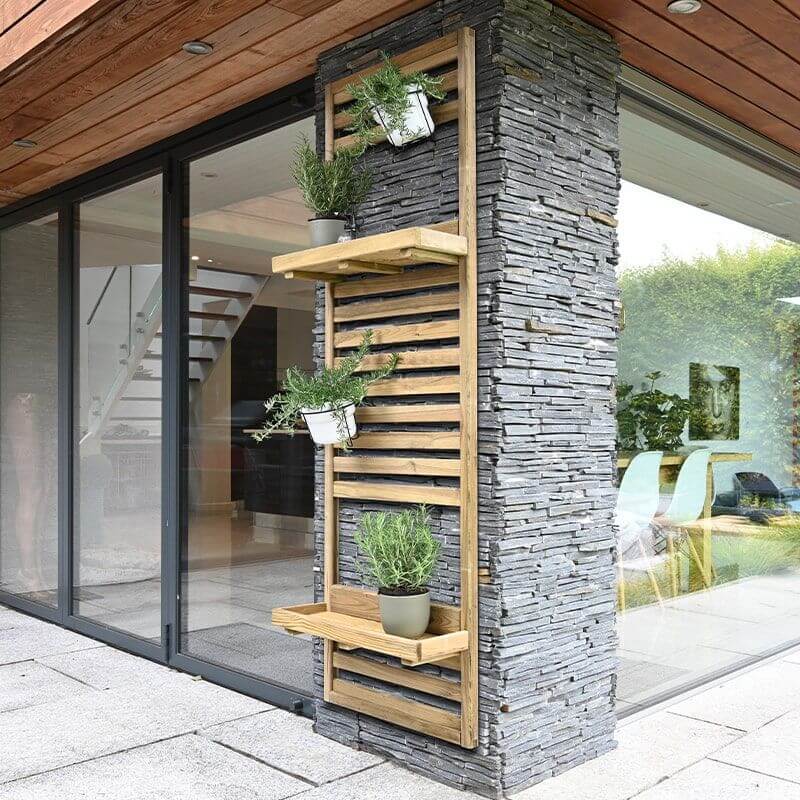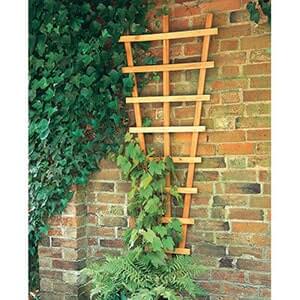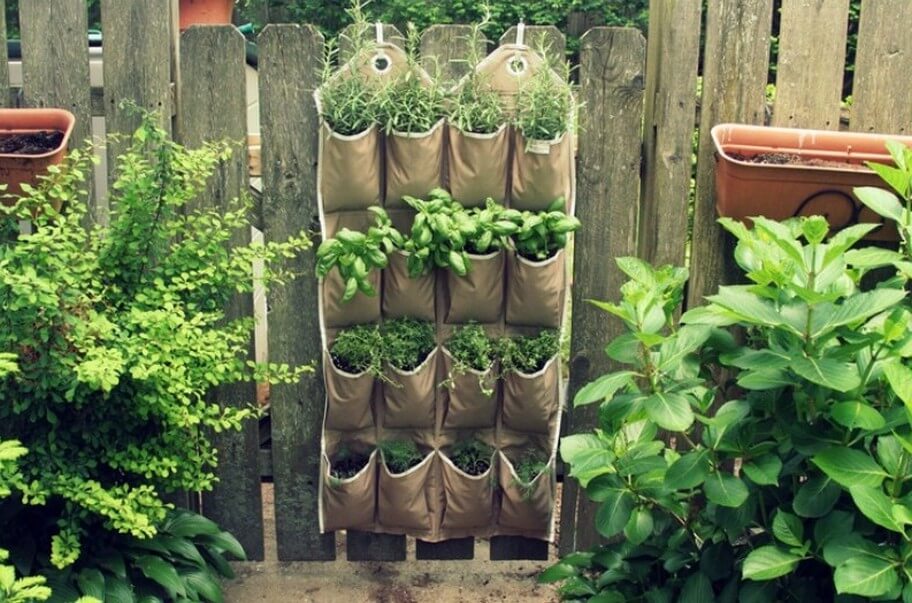
When gardening with space limitations, even the smallest of spaces holds the potential for creativity, inspiration, functionality and adding a WOW factor. Here we explore small garden ideas and invite you to discover how to transform modest outdoor areas into charming outdoor living spaces. Embrace, for example, cottage gardens as we unveil concepts, tips, and layouts that will enable you to create captivating outdoor areas, regardless of your garden's size.
Understanding small garden potential
Despite their size limitations, small gardens have unrealised potential. With effort, they can be transformed into attractive outdoor spaces with careful design. It is easier to create your own peaceful garden space when you are aware of its true potential!
Six ways to harness the potential of small gardens
The potential of a small garden is immense. It is often limited by the originality and creativity of the gardener. Bring the designer out in you with these six essential tips for small gardens:
1) Choose the right plants
One of the most important decisions as gardens in new homes continue to get smaller is what to plant. Every little space saving counts when space is at a premium, which is why choosing the right plants is crucial. Try selecting compact plants (e.g., boxwood, geraniums, sedum), etc.,), or dwarf varieties of dependable favourites (e.g., dwarf hydrangea, dwarf rhododendron, and dwarf sunflower, etc., that do not overwhelm the space available. Also adopting container gardening can be a real space saver too!
2) Create functional layouts
Even with space at a premium, functionality is still highly desirable. Dividing the garden into distinct zones, which are straight typically saves space compared to more elaborate curved and circular shapes. Create dedicated space for seating, pathways, and focal points (e.g., pergola, water fountain, etc.,) By considering functionality features from the outset you will ensure that every inch of the garden has its own role to play!
3) Embrace thoughtful design
Every square inch is valuable in a small garden. Using the available space effectively is essential for outdoor living and long-term garden use. Even the smallest gardens may have an impact that is just as dramatic as a larger lawn or terrace area with careful planning and planting. There are many garden design ideas to select from. Consider space for activities such as dining, relaxing, entertaining, and for children playing. Also, plan for space to include all your favourite flowers and plants.
4) Maintain a cohesive style
Everybody is familiar with what cohesiveness in a garden design includes. The goal is to create a design where each element complements the others, making the garden a cohesive whole rather than a random assortment of its parts. For instance, seating several plant family members next to one another would look too similar since there would be too many like individuals seated together. Instead, distributing the pairings around the beds gives the garden a unique but unified appearance.
5) Maximise space
Whether you have a small terrace, balcony, patio, side garden, or small back garden there are ways to maximise the available space. There is a need though to plan and think strategically. We recommend strategies such as buying scaled-down furniture, carefully placing planters, and using vertical space effectively (see the section below). Other ideas include the use of hanging planters, wall-mounted shelves, and trellising, which all add contrast and dimension to everything being floor-based.
6) Prioritise vertical elements
Practising vertical gardening is a great idea for small gardens. As mentioned above, vertical elements add contrast and visual interest, but critically they also maximise space. Typical vertical gardening strategies include hanging baskets, living walls, rooftop gardens (perhaps on top of a shed), and trellising.
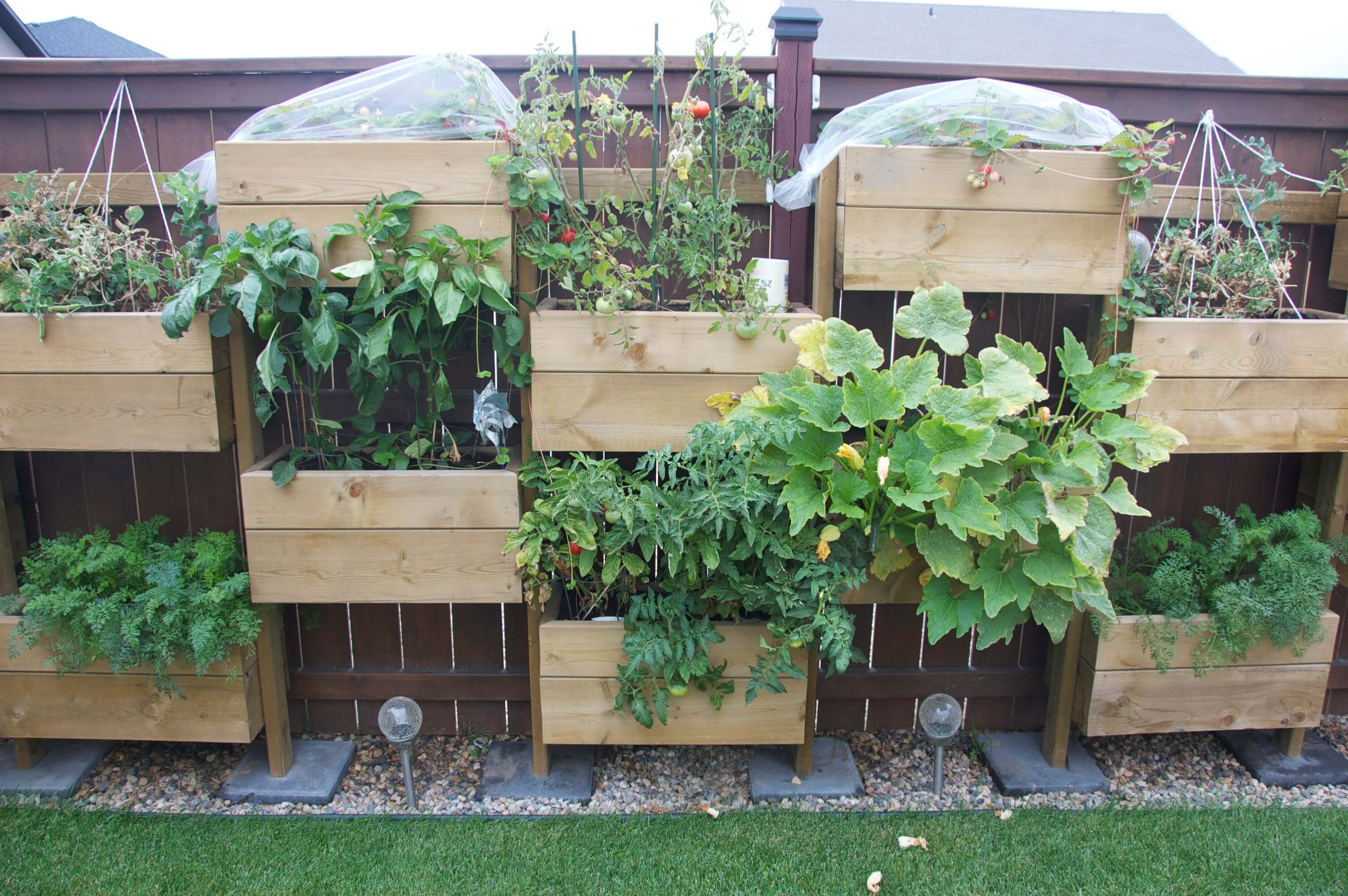

What are cottage gardens?
Because of their ageless appeal and distinctive aesthetics, cottage gardens hold a special place in the world of landscaping. These gardens evoke memories of bygone times while also encouraging outdoor living. We discuss five aspects of cottage gardens below:
Historical roots and significance
Cottage gardens originated in the English countryside, where they were cultivated around humble cottages for both practical and aesthetic purposes. In the past centuries, these gardens served as a means of sustenance, providing families with a mix of vegetables, herbs, and fruits. However, they were also cherished for their beauty, seamlessly blending practicality into the landscape.
Blending beauty and practicality
Cottage gardens are known for mixing beauty with practicality. They combine various plants like flowers, herbs, shrubs, and sometimes vegetables. This creates a beautiful and fragrant garden that engages the senses.
Unstructured elegance
Cottage gardens are characterised by their unstructured layouts. Unlike formal gardens with meticulously manicured designs, cottage gardens embrace a more relaxed and free-flowing approach. Paths meander through the space, surrounded by lush borders that spill over with exuberant flora. This unpretentious elegance contributes to their timeless appeal.
A touch of nostalgia
These gardens are nostalgic and transport us to a bygone era, where life moved at a slower pace and nature was an integral part of daily existence. The charming mix of heirloom plants, rustic elements, and a sense of timelessness creates a space that feels like a sanctuary from the modern world.
Modern interpretations
Cottage gardens are still a source of inspiration for landscape architects and gardeners today. Modern cottage gardens use plants like beautiful grasses or native plants that are uncommon in cottagers' rural gardens.
There should be beds connecting each other in this small landscape. No dirt should be seen since the beds are so densely covered in fragrant floral bushes, vines, annuals, and perennials. A cottage planting should have an abundance of flowers that brighten the area with coordinated colours from spring through until October.
Tips to transform small urban gardens into cottage gardens
In the bustling urban landscape, the allure of a cottage garden can provide a peaceful escape from the daily grind. This section delves into the enchanting process of transforming small urban gardens into delightful cottage-style havens. Discover how to infuse the charm and elegance of cottage aesthetics into even the most confined urban spaces. Below we list nine essential tips to follow:
TIP 1: Assess urban garden potential
Before you transform your urban garden, it is important to understand its potential. Consider various factors including space available, where sunlight falls, privacy issues, etc.,
TIP 2: Incorporate cottage Elements
Capturing various elements of a cottage garden (as mentioned above) is important in transforming your urban garden. Read the previous section, “What are Cottage Gardens” and include as many of the five aspects discussed as possible in your cottage garden design.
TIP 3: Choose urban-friendly plants
An important part of establishing an urban cottage garden is selecting urban-friendly plants. Think of plants that survive in limited space, air-purifying plants (which cope with some air pollution) and thrive in UK conditions. Low maintenance perennials such as coneflowers (Echinacea) and daylilies (Hemerocallis) and compact Hydrangea shrubs along with climbing roses and clematis for walls and trellises are perfect.
TIP 4: Use vertical space
As we have said before, urban gardens with space limitations are ideally suited to vertical gardening. We recommend making full use of your garden through climbing plants installed on trellises, arches, and wall-mounted planters. Additionally, hanging baskets full of flowers and plants are ideal for adding colour and greenery.
TIP 5: Create cosy seating nooks
An urban cottage garden is not complete without inviting seating nooks where you can escape the city's hustle. Optimise corners and overlooked areas with space-efficient furniture, creating cosy spots to unwind amidst nature. Consider using weather-resistant materials and cushions for comfort and durability.
TIP 6: Add meandering pathways and borders
Meandering pathways add intrigue and interest to any garden and consume less space than you might think. Incorporate edging plants like lavender or boxwood to define pathways and add fragrance to your garden retreat.
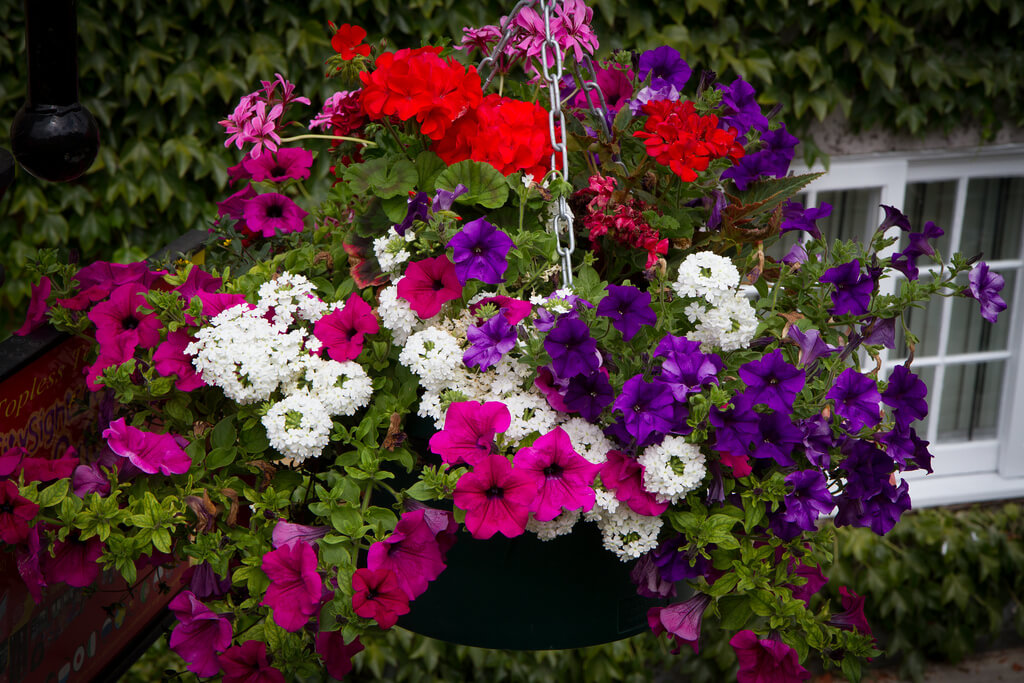

TIP 7: Incorporate vintage accents
Adding vintage accents infuses your urban cottage garden with a nostalgic touch. Utilise repurposed containers, vintage garden tools, and weathered ornaments to create a sense of timelessness. These details contribute to the cosy and authentic atmosphere of a cottage garden.
TIP 8: Maximising natural light
Consider the play of natural light in your urban cottage garden. Position plants and structures to make the most of available sunlight. Combine shade-loving plants under trees and near structures to create an ecosystem that thrives within the urban environment.
TIP 9: Ongoing maintenance
To ensure your transformed garden flourishes over time, follow some maintenance guidelines. Water plants judiciously based on their needs, prune regularly to maintain shape and health, and enrich the soil with organic matter. Regular care will sustain the beauty and vitality of your urban cottage haven.
Enhancing your garden with wooden structures
In the enchanting realm of cottage gardens, wooden structures play a pivotal role in shaping the aesthetics and functionality of the outdoor space. From charming arbours and pergolas that add vertical interest to trellises that support climbing plants, these structures imbue the garden with a touch of rustic elegance.
The table below categorises and describes various wooden structures, grouped by their functions, offering insight into how they can transform your cottage garden into a captivating oasis of charm and allure. Follow the links to these products to buy them today from Buy Sheds Direct:
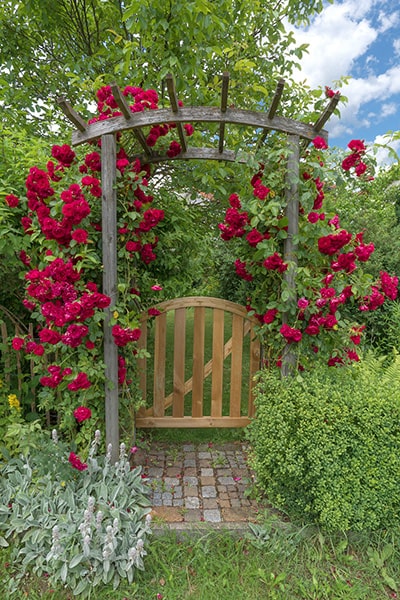

|
Group |
Wooden Structure |
Description |
|
Arbours and Pergolas |
A simple wooden archway that adds vertical interest to paths or entrances, often adorned with climbing plants |
|
|
A larger wooden structure that provides shade and support for climbing plants, creating a serene outdoor space |
||
|
Trellises |
Vertical wooden frames designed to support climbing plants, adding height and visual appeal to garden areas |
|
|
Obelisk |
Tall, freestanding wooden structure that can support climbing plants and serves as a focal point in the garden |
|
|
Garden Beds |
Wooden-framed Garden beds are raised from the ground, ideal for cultivating flowers, herbs, or small vegetables |
|
|
Rectangular wooden containers are used for growing plants, often placed along paths, patios, or garden edges |
||
|
Functional |
Wooden seating adds functionality and charm to the garden, providing a place to relax and enjoy the space |
|
|
Wooden fences demarcate garden boundaries, adding privacy and protection while contributing to the aesthetics |
||
|
Decorative |
Garden lattice |
Intricately designed wooden screens that can be used for decoration, privacy, or as a backdrop for climbing plants |
|
Garden arbour bench |
A combination of an arbour and a bench, offering a cosy seating area within a wooden arch adorned with plants |
Other small garden ideas to transform your outdoor space
Try some of these twenty small garden ideas to transform your outdoor living:
1. Bird sanctuary - attract birds to your garden through bird baths and feeders
2. Climbing vines – add a WOW factor to walls and fencing with climbing vines
3. Colour-coordinated beds – choose a colour scheme and select plants to be in harmony
4. Dwarf fruit trees - these space-saving trees also enable you to grow your own fruit
5. Fairy lights – add fairy lights for décor, atmosphere, and to add garden lighting
6. Garden arch - frame and partition entrances with a focal point garden arch
7. Hammock haven - hang a relaxing hammock, they use less space than you might think!
8. Herb wall – grow your own herbs through a vertical herb garden
9. Mirror illusion - strategically placed mirrors can be added to great effect
10. Mini waterfalls - add small water features where space permits such as mini waterfalls
11. Mosaic elements – add colour, artistry, and visitor interest with mosaic elements
12. Moonlight garden - planting white and silver flowers will create a moonlight glow
13. Secret garden nook - create hidden partitioned spots for relaxation and reading
14.Sculptural focus – consider adding small garden sculptures for added interest
15. Stepping stone path - design pathways with decorative stepping stones
16. Tiered planters - use tiered planter displays for spectacular colours and plant varieties
17. Trellis area – a vertical gardening idea, train trees and bushes (including fruits)
18. Vertical gardens - maximise space with vertical gardening strategies
19. Wildflower meadow - plant native wildflowers to add colour and attract pollinators
20. Zen corner – add a Japanese-style peaceful minimalist Zen corner
Summary
From the charm of cottage gardens to innovative design strategies, we have explored many small garden ideas in this comprehensive guide to maximising your outdoor space. Small urban gardens, often underestimated, possess untapped magic waiting to be unleashed.
By thoughtfully selecting plants, creating functional layouts, and incorporating cottage elements, you can turn even the tiniest of gardens into captivating sanctuaries. Remember, the secret lies in embracing the uniqueness of your space, weaving together creativity, design, and the timeless allure of nature.
Contact us for expert advice
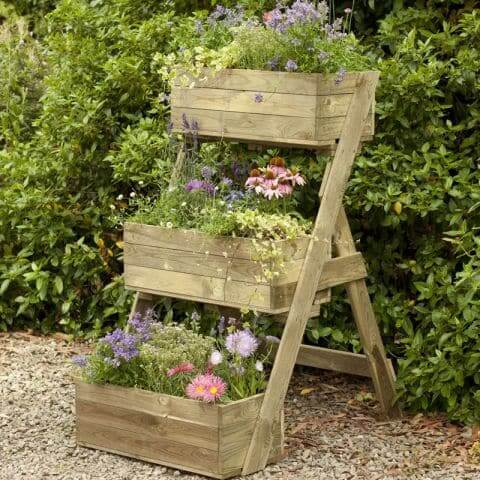

Do you have any questions about small garden ideas or cottage gardens? Or perhaps you need guidance on transforming small urban gardens into charming retreats?
Why not contact Buy Sheds Direct at 0333 003 0514? Our team of experts is here to assist you in enriching your outdoor living, even in limited spaces. We are dedicated to helping you maximise the potential of your small garden or urban area. Access our live chat for instant text chat support or email us via our contact form.

